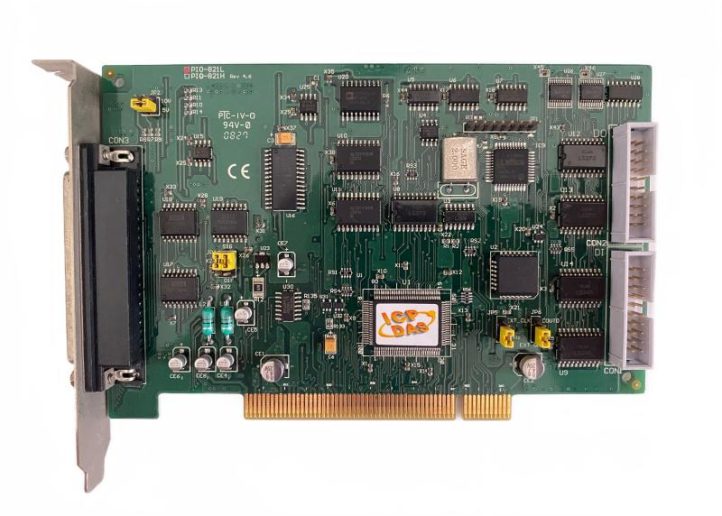In the era of digitalization, data stands as a crucial asset for enterprises and research fields alike. To acquire, process, and analyze data generated by various sensors, instruments, and devices, data acquisition cards have become indispensable tools. This article thoroughly explores the concept, principles, application domains, and key technological features of data acquisition cards, providing readers with a comprehensive understanding and foundational knowledge for utilizing data acquisition cards.

- Introduction
With the continuous advancement of technology, various industries have entered an era driven by data. In this data-driven age, data acquisition cards play a pivotal role. A data acquisition card is a device designed to convert analog signals into digital signals and facilitate data transfer. Widely utilized in industrial control, laboratory research, medical diagnostics, and other fields, this article aims to delve into the principles, application domains, and key technological features of data acquisition cards.
- Principles of Data Acquisition Cards
2.1 Analog Signal Conversion One of the primary tasks of a data acquisition card is to convert analog signals into digital signals. Signals generated by sensors and instruments are typically analog, while computers and other digital devices are more suitable for processing digital signals. Data acquisition cards achieve this conversion using Analog-to-Digital Converters (ADCs), enabling subsequent digital processing and storage.
2.2 Data Transmission Once analog signals are converted into digital signals, data acquisition cards must transfer this digital data to a computer or another target device. This involves the communication interface of the data acquisition card, such as USB, PCI Express, etc. Different application scenarios and requirements may necessitate various interface types, and as such, the design of data acquisition cards often considers the flexibility and compatibility of these interfaces.
- Application Domains of Data Acquisition Cards
3.1 Industrial Automation In industrial control, data acquisition cards are widely used for monitoring and controlling production processes. They can connect to various sensors, real-time collecting data from production lines, providing engineers with real-time production status and performance indicators for adjustments and optimizations.
3.2 Scientific Research In laboratory environments, researchers employ data acquisition cards for the collection and analysis of experimental data. Whether in physics, chemistry, biology, or other disciplines, data acquisition cards are indispensable tools, aiding scientists in obtaining precise experimental data.
3.3 Medical Diagnostics In the medical field, data acquisition cards connect to various medical devices such as electrocardiograms and blood pressure monitors. By collecting physiological data from patients, doctors can make accurate diagnoses and monitor conditions, thereby improving the level of medical care.
- Key Technological Features of Data Acquisition Cards
4.1 Resolution and Accuracy The resolution and accuracy of data acquisition cards directly relate to their sampling precision for analog signals. High-resolution and high-accuracy data acquisition cards can more accurately capture and represent the details of analog signals, making them suitable for applications with stringent data precision requirements.
4.2 Sampling Rate The sampling rate is another critical indicator of data acquisition card performance, representing how many times per second the card samples analog signals. For high-frequency signals, a higher sampling rate is necessary to accurately reconstruct the original signal. Therefore, sampling rate is an important parameter for evaluating the performance of data acquisition cards.
4.3 Number of Input Channels The number of input channels on a data acquisition card determines how many signals it can simultaneously collect. For applications requiring monitoring of multiple signals, selecting a data acquisition card with a sufficient number of input channels is crucial.
As the digital hub of information in the modern world, data acquisition cards play a crucial role in industrial, scientific, and medical applications. This article has explored the principles, application domains, and key technological features of data acquisition cards, aiming to provide readers with a comprehensive perspective. With continuous technological advancements, data acquisition cards will continue to play a vital role, propelling various industries towards a more digitized and intelligent future.
